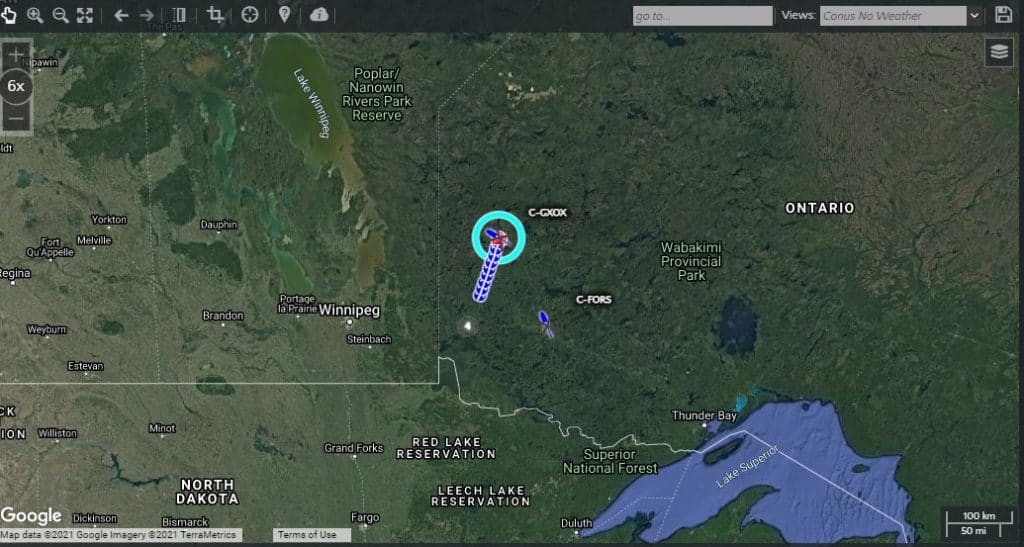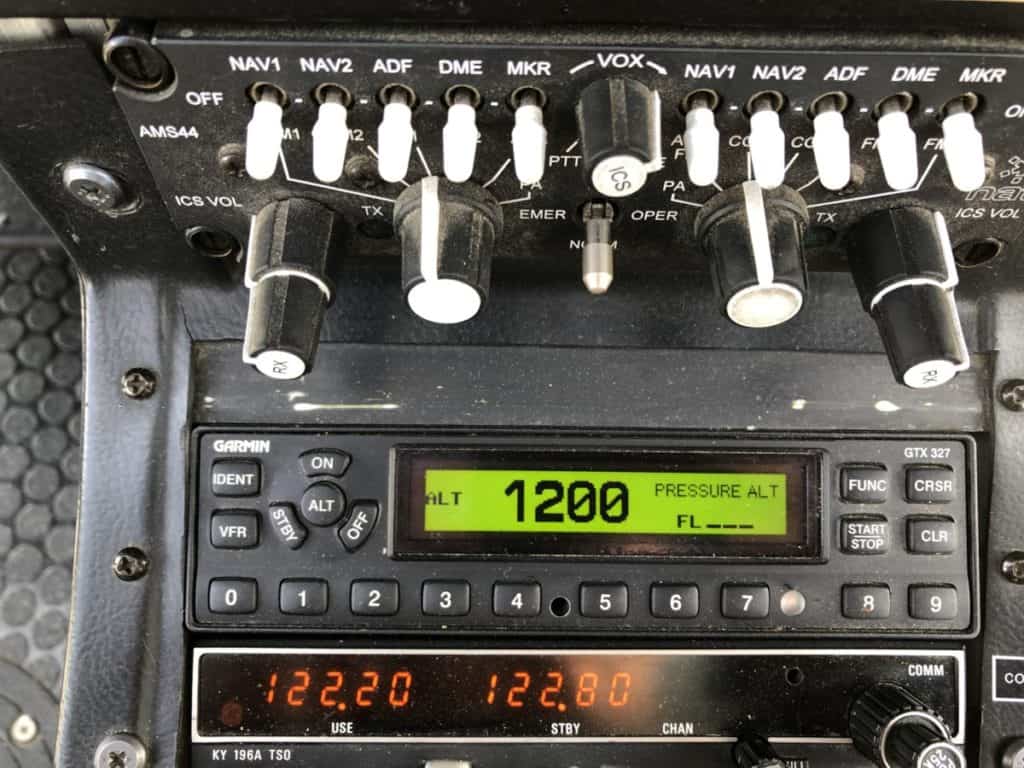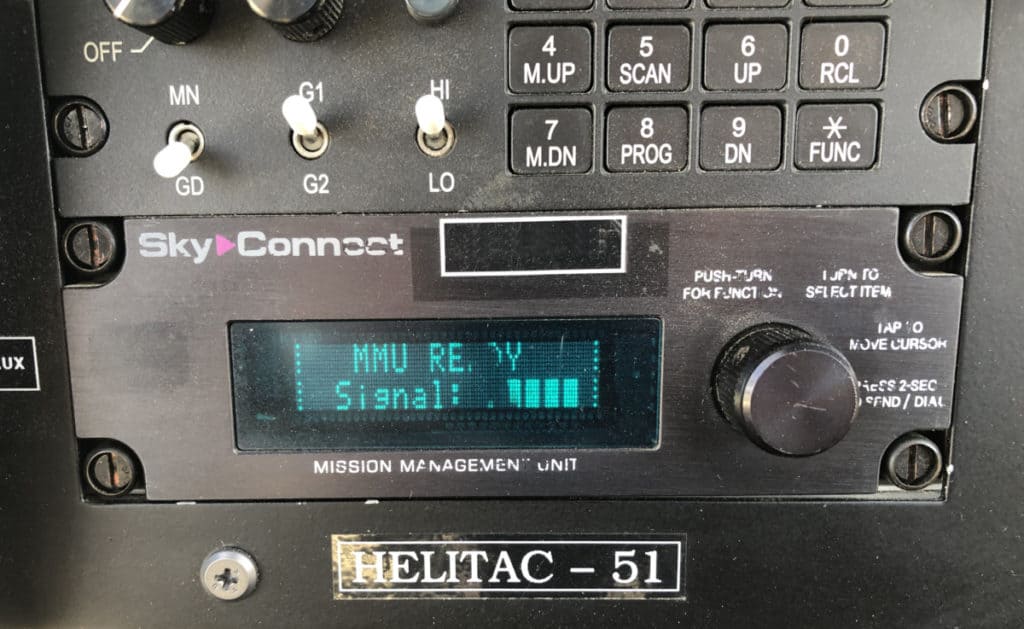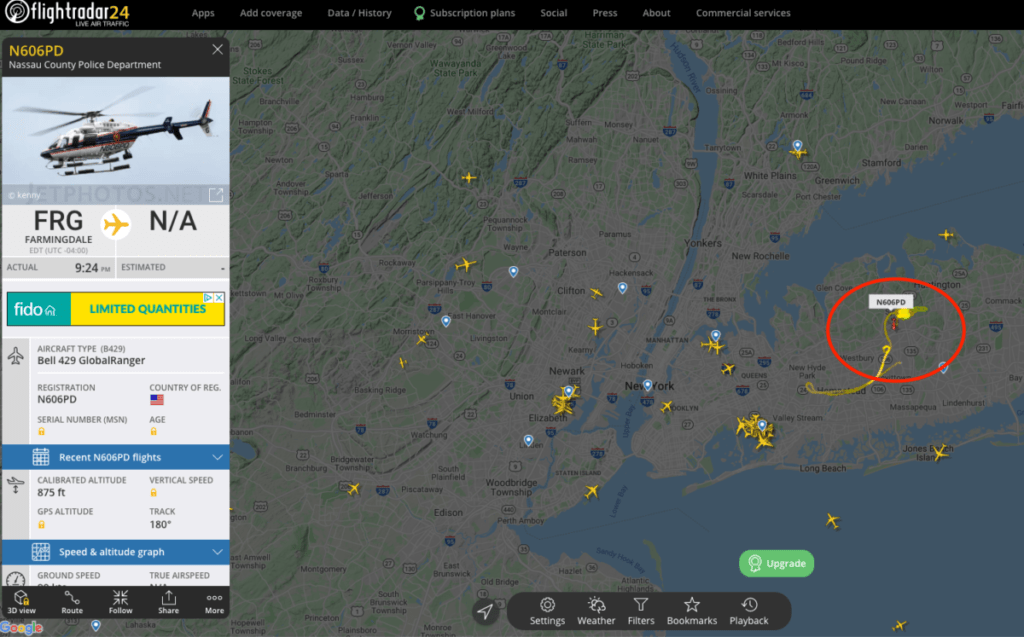
One common site at many airports are the aviation enthusiasts sitting at the end of the runway watching the comings and goings of aircraft. One of the latest gadgets very popular with them is flight tracking so they are able to see which aircraft are coming into land, taking off, and operating around that area. The question of whether helicopters can be tracked is one that gets asked a lot.
An onboard device called a transponder allows helicopters to be tracked by air traffic control when interrogated by the ATC radar. Many commercial helicopters are also fitted with a satellite tracking system allowing their employers to see their location in real time.
The tracking of helicopters allows for a huge increase in response time in the event of that helicopter having an emergency, as now many people can easily see their exact location with the click of a screen. The advances in aviation tracking technology have caused the prices of tracking systems to be drastically reduced allowing more and more helicopters to install multiple tracking devices.
In my Astar, I have two tracking devices so ill tell you about each system and how and why it’s used.
How Are Helicopters Tracked By Air Traffic Control?
The oldest and most common way to track a helicopter is by air traffic control and their radar system. Inside the helicopter is a device called a Transponder, which is short for Transmitter Responder. When the helicopter has this device turned on, each time the radar sweeps the sky and passes the helicopter’s transponder it asks for the transponder’s current information.
Most helicopter transponders will reply with their altitude, airspeed, and their 4 digit squawk code currently selected in the selection window of the transponder. The radar also uses its direction and ranging capabilities to display the following information on the screen of the air traffic controller:
The helicopters’:
- Direction from the ground-based radar location
- Altitude
- Groundspeed
- Squawk Code
Each time the radar beam sweeps past the helicopter the aircraft’s position has changed (Unless it’s hovering at altitude) and by doing this the air traffic controllers’ screen will show the direction of flight since the last radar sweep. By showing the last 3-4 positions the air traffic controller gets a simple-to-understand view of where and what the helicopter is doing.

When helicopters are flying around under Visual Flight Rules the pilot will enter 1200 into the screen of the transponder. This will show the air traffic controller that there is an aircraft on their screen. There could be a dozen aircraft squawking 1200, so if ATC wishes to track my helicopter, for example, they could ask me to squawk 3452. They can then issue my aircraft callsign (N8620S for example) to this squawk code on their computer and it will display my aircraft callsign on their screen, with all the information from the transponder.
This is how air traffic controllers can track individual aircraft, helicopters included, in busy airspace.
How Are Helicopters Tracked By Their Employers?
Many helicopter companies are now mandated by their customers to install fleetwide satellite GPS tracking systems. When helicopter companies fly employees of oil & gas corporations, wildfire employees, or government employees, for example, they have to meet minimum aviation standards set forth by those companies to qualify as an approved vendor.
Here in Canada for example, Shell Oil requires any aircraft its employees fly in to have two engines and have a satellite tracking system installed. If a helicopter shows up that does not meet these requirements it will be released from the contract. Each company is different, but you get the idea.

Now that GPS tracking technology has drastically reduced in price it does not cost a lot to outfit a company fleet with tracking units. Many tracking units also integrate a satellite phone so that the pilot can be contacted anywhere in the world and vice-versa. I can attest to how handy this function is when you are stuck in the middle of nowhere with no cell service and you can get on the sat phone with your engineer!
By having satellite tracking in its helicopters it gives the employer and employees a real-time view of where each helicopter is. Not only does this work great for flight following, but it also helps to see when a helicopter is due back at base or arriving at the customer pickup, but by far the best feature about it is safety!
If a helicopter has a problem, whether it be minor or major, anyone with access to the flight following login can instantly see the exact location of the helicopter. This can make launching a company rescue mission extremely fast and mean the difference from the customers spending a night in the wilderness!

Join My Newsletter & Get Great Tips, Information and Experiences To Help You Become a Superb Pilot!
Can Helicopters Be Tracked By Anyone?
Over the last decade or two, the advance in online flight following tools has exploded allowing anyone with an internet connection to track the flight paths of almost any aircraft.
One of the most popular online tools is called Flightradar24.com
Flightradar24 uses an array of over 13,000 receivers based all over the world to receive data from flying aircraft. If the aircraft has the correct equipment installed, is in a coverage area of one of Flightradar24’s receivers, and is high enough to be seen then you can track any aircraft – including helicopters.
For more detailed information on how Flightradar24 works Click Here.

Here is an example of Flightradar24 – It shows the Nassau County Police Departments’ Bell 429 (The library image is of their old Bell 407 helicopter!) on patrol in Long Island. Go check it out for your area and see what you can find! The aircraft icons help to target small aircraft and helicopters too!
To Finish
In today’s world tracking a helicopter is a simple process. The level of information delivered by the equipment on a helicopter is constantly evolving. Some helicopters deliver real-time information not just to their company but to the manufacturer as well. When a fault is detected it can send a signal to the manufacturer to get a part ready for shipment as soon as the customer requests it.
For the rest of us, online tools like Flightradar24 provide unique insights into the traffic flying around our heads which is not only fun but you can also track a relative’s flight to ensure they are on time for when you arrive to pick them up!
Further Reading
If you found this article helpful and interesting, you may like these ones too:

